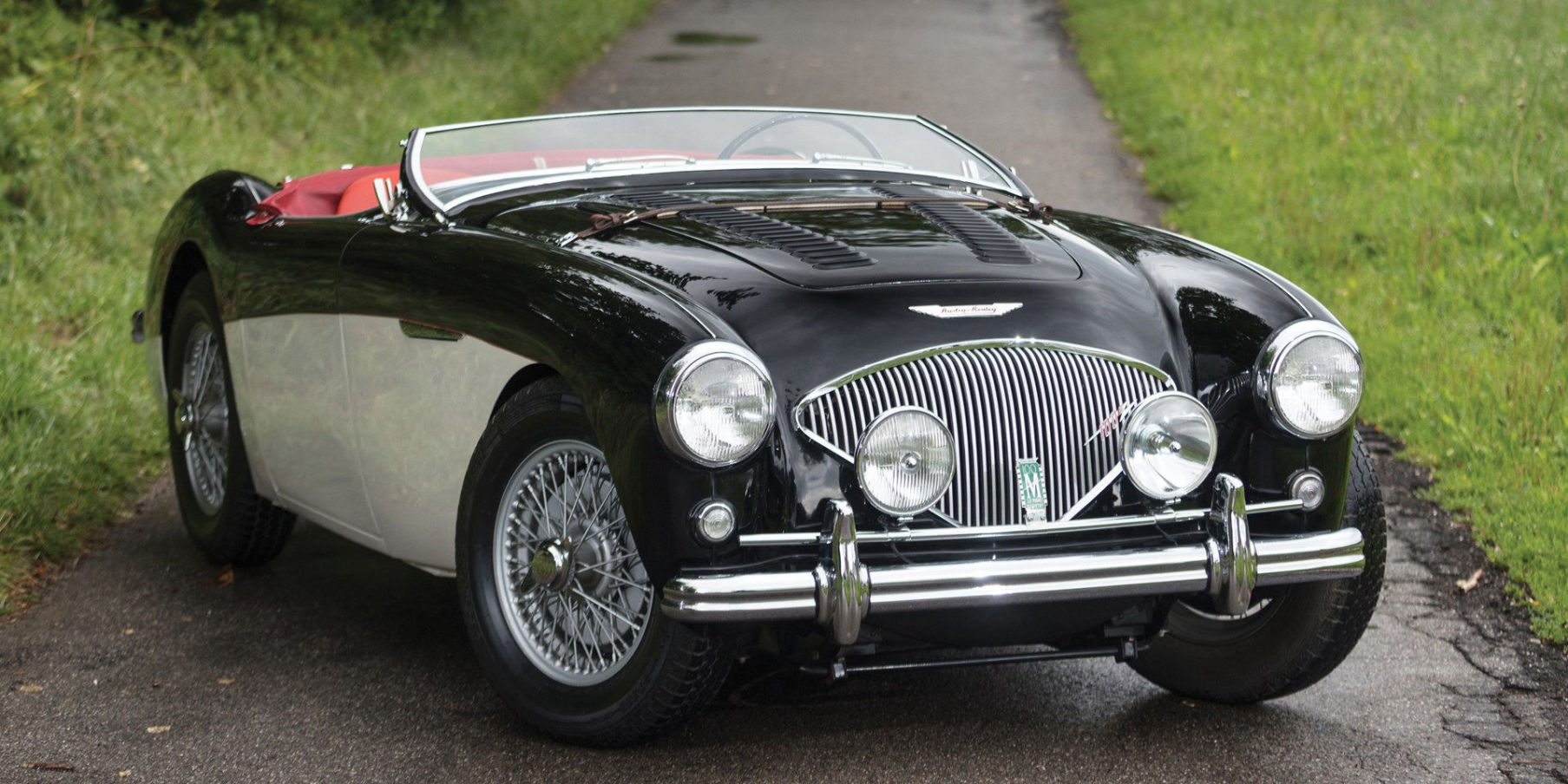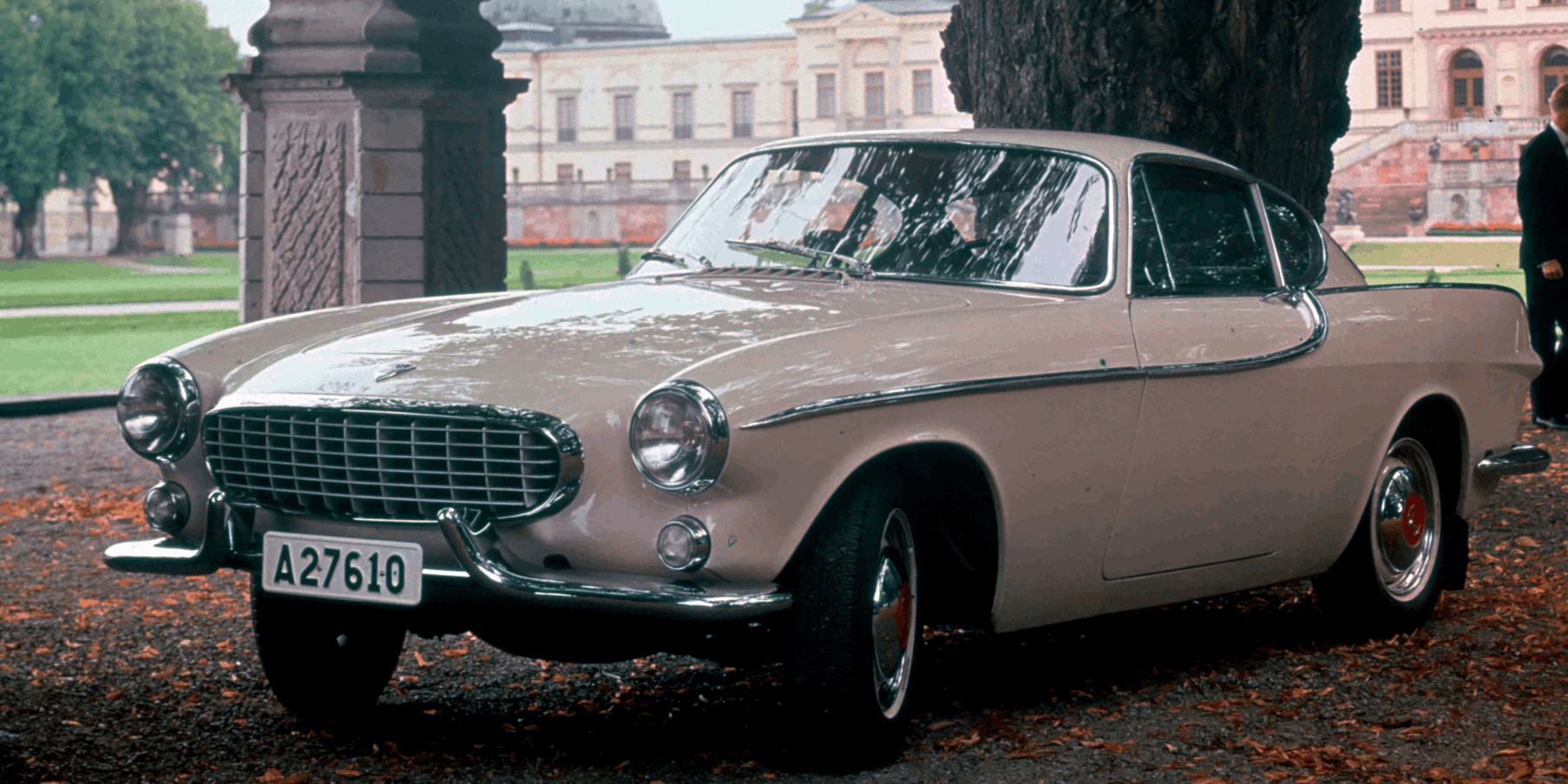Austin Healey
After the war, with production of motor cars restricted, Jensen Motors relied for its survival on the manufacture of its commercial vehicles. From the late 1940s, Jensen was fortunate in building a strong and enduring relationship with Austin Motors, a significant player on the British motoring scene and an exporter of cars and commercial vehicles worldwide. From humble beginnings with a few body contracts in Austin’s commercial line, the relationship grew to the point where Jensen Motors became a significant resource for Austin and later the British Motor Corporation following a merger between Austin and Morris in 1952. The merger made BMC the fourth largest car maker in the world and the contract which Jensen Motors signed in 1952 to produce bodies for the new Austin Healey sports car would guarantee Jensen’s survival into the 1960s, providing the financial underpinning for the development of the Jensen cars which followed. For Austin and BMC, Jensen Motors bodied the entire run of 4,000 Austin A40 Sports models and all 74,000 Austin Healeys made until 1967, as well as contributing design inputs to each variation. Prototype work and small runs of body jobs on other BMC vehicles paralleled the main contracts and included utility and passenger bodies on the A40, A70 and A95 chassis and some work on the Gipsy four-wheel drive.



